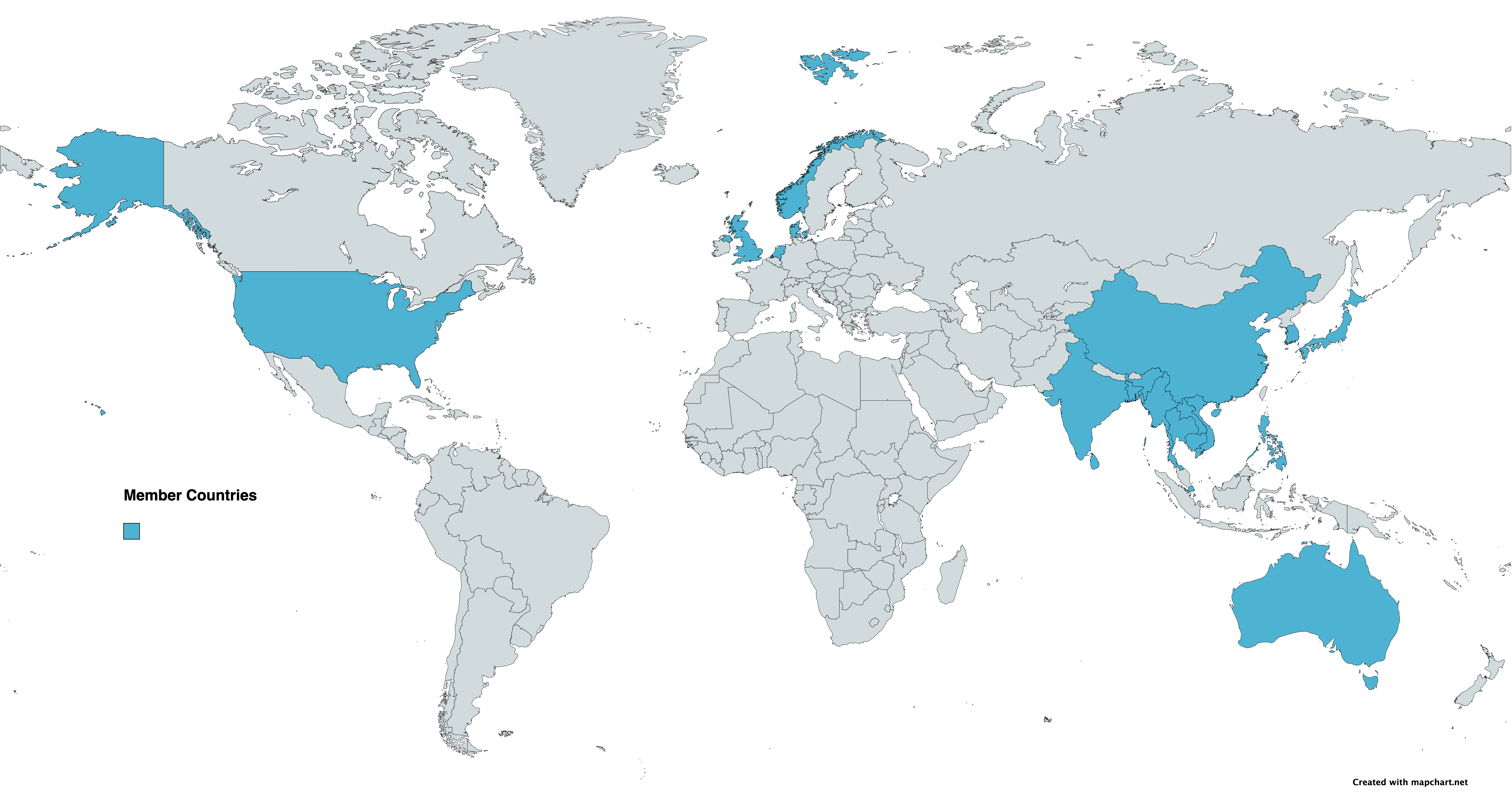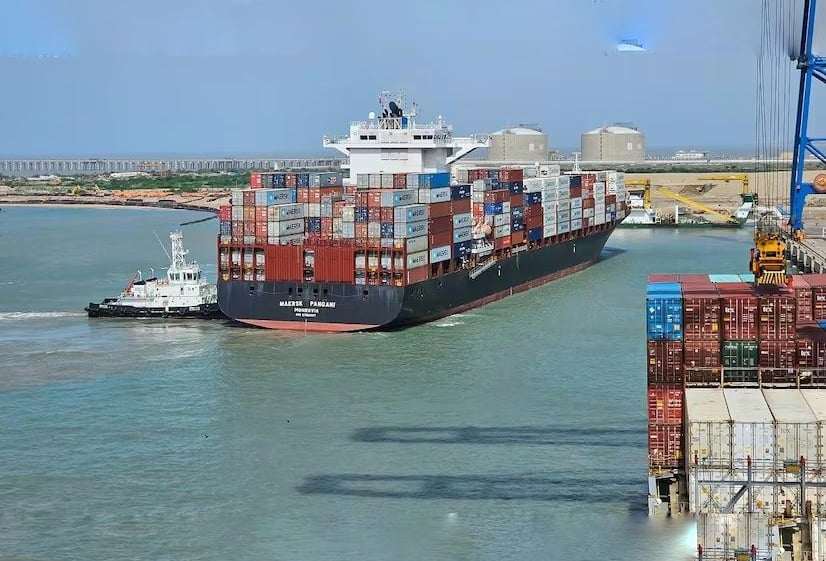58 incidents of robbery against ships in Asia, of which 9 cases in category 2, 19 incidents in category 3 and 23 incidents in category 4. Up to 1 August 2024.
By Marek Grzybowski
A total of 51 incidents, including one incident of piracy and 50 incidents of armed robbery against ships, were reported in Asia in the period January-June 2024 – informs the Regional Cooperation Agreement on Combating Piracy and Armed Robbery against Ships in Asia (ReCAAP).
Of the 51 incidents, 44 resulted in actual thefts and seven in attempted incidents. The number of incidents in the period January-June 2024 decreased by 16% compared to 61 incidents (all actual incidents) reported in the period January-June 2023.
The number of incidents reported in the period January-June 2024 decreased compared to January-June 2023. The dominant number of incidents took place in waters located in India, the Philippines, SOMS (Straits of Malacca and Singapore – MG), Thailand, and Vietnam

– Most incidents are usually thefts committed by perpetrators who are not focused on confrontation [with the crew – MG and adopt the “hit and run” tactic – explain the authors of the report Regional Cooperation Agreement on Combating Piracy and Armed Robbery against Ships in Asia (ReCAAP).
In most incidents, criminals rob ships that are poorly prepared to protect [property and people – MG], have low free-board and maneuver at low speed in the closed zones of the Straits of Malacca and in the waters of Singapore. It is stated that “The most frequently stolen items are engine spare parts.

ReCAAP ISC Executive Director Krishnaswamy Natarajan said during the launch of the report, “Overall, the piracy and armed robbery situation in Asia [created fewer incidents – MG] in the first half of 2024 compared to the same period last year.
I would like to commend the littoral states of the Straits of Malacca and Singapore for stepping up law enforcement and making arrests as these efforts contributed to a 50% reduction in the number of incidents in the Straits in the first half of 2024.”

Of the 51 reported incidents, 44 were actual thefts. Seven cases resulted in attempted thefts. In eight incidents (category 2), the perpetrators were armed with knives and the crew was threatened or tied up. In 16 incidents (category 3), the crew was not injured and the perpetrators stole unsecured items from the deck. In the remaining 20 incidents (category 4), the perpetrators were unarmed and no crew member was injured. In seven cases, the thieves were scared off and nothing was stolen.
Dangerous Waters Bangladesh
Bangladesh, Indonesia, and the South China Sea (SCS) were the regions that saw an increase in incidents in 2024 from January to June 2024 compared to the same period in 2023. 10 incidents were reported in Bangladeshi ports and anchorages, compared to one incident in 2023.
A total of 14 incidents occurred in Indonesian ports and anchorages from January to June 2024, compared to six incidents in the first half of 2023.

More than half of the reported theft incidents in Bangladeshi ports and areas were committed by single perpetrators or involved groups of up to six thieves. This is about 60% of the recorded cases. There were also three incidents involving larger groups of perpetrators, ranging from eight to ten men.
In two of the attacks, the perpetrators were armed with knives. Despite this, no one on board the attacked vessels was injured. Seven of the remaining eight incidents did not contain any information that the perpetrators were armed. In one case, it was definitely established that the perpetrators were not armed.
Reports from half of the incidents contain information that the perpetrators did not harm the crew. In two of the attacks, the perpetrators tied up some of the crew, stole the items, and escaped without injuring the crew. ReCAAP suggests that the perpetrators tied up the crew to prevent them from alerting other crew members.
Scare off the thieves

In addition to engine parts, other ship parts and equipment were stolen. Ropes, paint, brass fire hydrant caps, fire hoses, and mooring lines were stolen in more than half of the incidents. In the remaining four incidents, the crews managed to scare off the thieves and nothing was stolen.
The thieves mainly targeted tankers (40%). Thieves also appeared on 3 container ships (30%) and two bulk carriers. One general cargo ship was boarded. It is stated that the perpetrators, when boarding the ship, were guided by its poor security against unauthorized entry.
This could also be due to the fact that most incidents (90%) took place at night. The daytime thieves’ raid took place once on board a container ship, while it was at anchor in the Chittagong Inner Anchorage.
21 incidents in (SOMS)
A total of 21 incidents were reported in the Straits of Malacca and Singapore (SOMS) from January to June 2024. This represents a significant decrease of 49% compared to the 41 incidents reported in the period from January to June 2023.
Of the 21 incidents reported in the region, twelve incidents of theft occurred in the eastern part of the Singapore Strait, six incidents occurred in the areas of the approaches, and three incidents occurred in the western part of the Singapore Strait.
The crew of almost every vessel attacked in the region escaped safely from most incidents. In more than 80% of cases, no seafarer was injured when confronted by the thieves. 17 incidents occurred on board bulk carriers during maneuvers or while sailing.
In 38% of incidents in the SOMS areas, the perpetrators escaped without loot. Items such as engine spare parts were taken in 48% of cases, while other stored and unsecured items were taken in 14% of the thefts. 86% of the raids took place during the night hours, between 18:00 and 05:59.
Despite the lower number of incidents, there has been an increase in petty thefts in some ports and anchorages in Asia. Port authorities need to identify gaps in the systems and security measures in place and enforce the International Ship and Port Facility Security Code more strictly, Krishnaswamy Natarajan said, adding that “ship crews also need to be more vigilant when their ships are anchored or moored.”
Coast Guard and Smartphone Security Force
“The Coast Guard must be on the lookout for suspicious small boats hanging around port areas and take action to prevent the bartering of ship supplies and equipment,” advises the ReCAAP Director.”
In recent years, the ReCAAP ISC has introduced several solutions to help ship operators and the entire shipping and fishing industry to report incidents and share information in a timely and accurate manner.
The improved ReCAAP mobile app, a poster with updated contact details for the Asian Maritime Rescue Coordination Centres, a poster with contact details for coastal SOMS law enforcement agencies and a new version of the ReCAAP ISC guide for identifying fishing vessels in Asian waters, have been introduced.
Sulu-Celebes Sea
The command centre has also introduced an interactive dashboard, the ReCAAP Data Visualisation Map & Panel (Re-VAMP), which makes it easier for ship operators and captains to access the latest data and analysis on piracy and armed robbery in Asia for risk assessment and research purposes.
It is worth using the tools developed by ReCAAP ISC, for example in the Sulu-Celebes Sea, these are still waters where the threat of kidnapping crew for ransom persists. Although no incidents were reported in the period from January to June 2024, the threat of kidnapping crew for ransom still persists due to the presence of remnants of the Abu Sayyaf Group (ASG) in the Sulu and Tawi Tawi area.
Based on this data, we know that as of August 1, 2024, 58 incidents were recorded, of which 9 cases were in Category 2, 19 cases in Category 3, and 23 incidents in Category 4. 7 cases of taking property from a ship were unsuccessful.The smartphone application and current information on threats and the sitwwuation in the most dangerous waters of Asia are available here
www.bssc.com
ٌRead more:
Gdynia Sailing Days – 25th edition 138 crews from 25 countries





